Heat Illness Prevention Plan
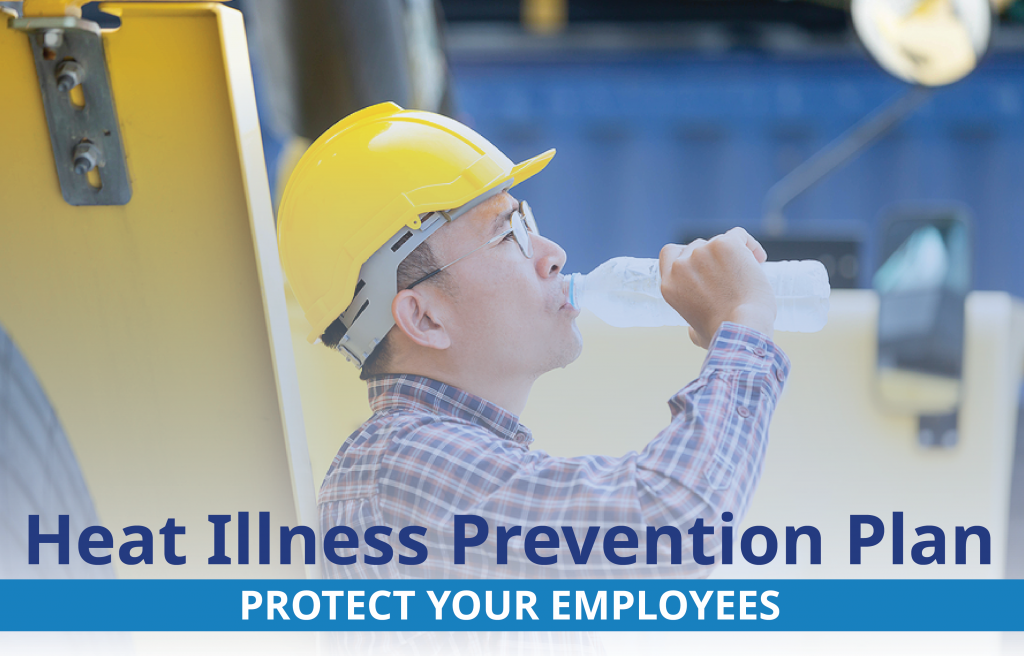
The dog days of summer are here and the heat of late July and August are rising. As a result, the chance of employees working outdoors experiencing heat-related illnesses is increasing. Occupational Safety and Health (OSHA) states that an employer has a legal obligation to provide a workplace free of conditions or activities that either the employer or industry recognizes as hazardous and that cause, or are likely to cause, death or serious physical harm to employees when there is a feasible method to abate the hazard. This includes heat-related hazards that are likely to cause death or serious bodily harm.
To help our members protect their employees, IMWCA has developed a heat-related illness prevention plan. The model plan covers the OSHA requirements and NIOSH suggestions to protect employees that can be exposed to heat-related illnesses. Based on your operations, locations, and employee numbers, it’s very important to carefully review and modify the plan to your specific needs. Once you have adopted the plan, be sure to train all affected employees and supervisors on the details of the plan.
We also want to remind members that LEARN has a Landscaping Safety course (LL02) that covers taking appropriate weather precautions for those employees engaged in grounds keeping.
While working outside during periods with a high heat index can be uncomfortable it doesn’t have to be as dangerous as long as everyone follows some basic principles:
- Ensure drinking water is provided in sufficient amounts
- Temperatures and humidity conditions are monitored
- Shade is available as required by the law
- High-heat procedures are followed
- Employee training is in place
- Emergency response procedures are documented
- Acclimatization of employees is accounted for
- Auditing processes are incorporated to strengthen the plan’s success

IMWCA Launch’s
Safety Coordinator Mentor Program
Twenty years ago, the role of the safety coordinator was rare among local governments. Those individuals that found themselves as city or county safety coordinators had to develop the role as they went along. It was at that time that IMWCA began offering the Safety Coordinator One Day University, which has since evolved into the IMWCA University. The idea was to help safety coordinators not only understand what their role was and what resources were available, but it was also to create an opportunity for in-person networking for people involved in local government safety programs.
The next logical step in the process is to develop a mentor program to help match people new to local government safety programs with experienced, similarly situated local government safety coordinators. The idea is for the mentor/mentee to share experiences and resources and provide another level of support on an ongoing basis.
To start the IMWCA mentor program we are asking anyone interested in serving as a mentor to contact Dean Schade at deanschade@iowaleague.org or contact your Safety and Risk Improvement adviser. Once we have developed a pool of mentors we will then take applications for mentees and start matching mentors to mentees.
This mentor program is a voluntary commitment of time that we hope will not only benefit the mentee but also the mentor and the IMWCA pool in general through sharing of experiences and ideas. We hope that as an experienced safety professional/coordinator, you will consider taking on the role of a mentor using this program as guidance.
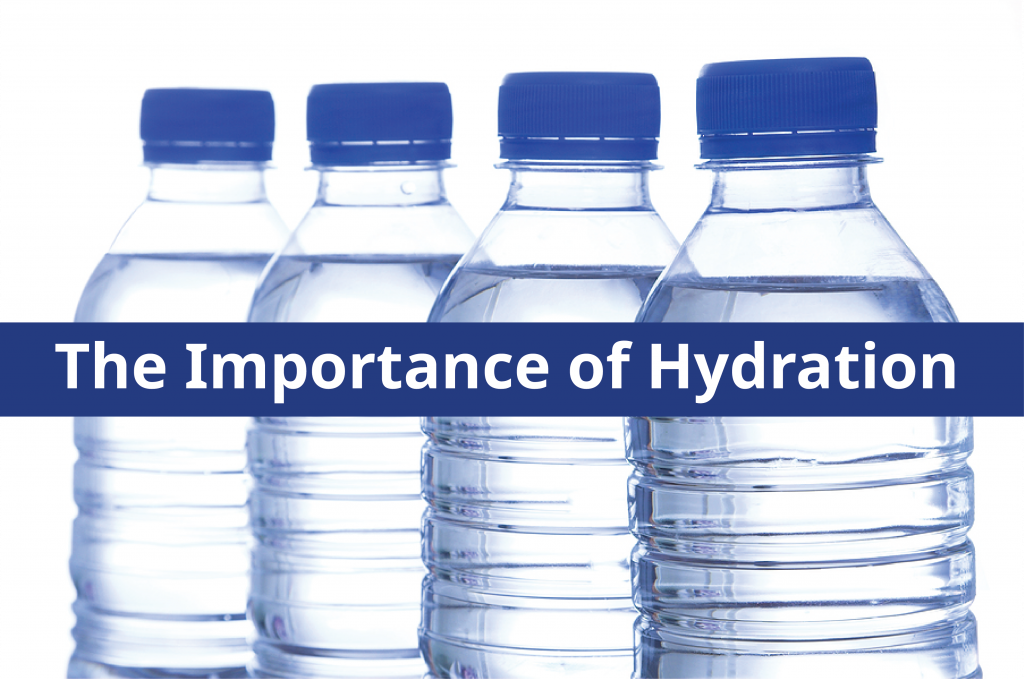
As we are now deep into our Iowa Summer and we have had a swing of some dangerously high temps a topic that should have come up (and if not yet, now is a great time) is hydration.
How do you know if you are properly hydrated? How much liquid, and of what types, should an individual be drinking? How does ambient temperature alter these recommended amounts?
Indicators
We are going to get just a little personal here for a second. One of the best and easiest indicators of proper hydration is your urine (I know, but stick with me for a second). Your goal is the color of light straw (or lighter). This indicates your body is well hydrated. If you are much darker, this can be an early indication of being dehydrated. Get yourself some water or another form of hydrating beverage (we will cover those in a minute) and reassess in a few hours.
For the average male in average conditions proper fluid intake should be approximately 15.5 cups per day. This is just over 7 average bottles of water. For females, it is slightly less at 11.5 cups per day or 5.5 bottles of water.
In times of extreme heat, your body will need strictly hydrating beverages. You should avoid caffeine as it is a diuretic and will actually dehydrates you quicker. Water is always a good choice, but if you are sweating a lot, sports drinks can replace some of the other components you are sweating out.
If you are out in the extreme temperatures a good rule of thumb is to drink a bottle of water before you start your day. Give your body a jump start on hydration. If you notice you are sweating you should aim for an additional one cup (generally 8 oz) every 15 minutes. Spreading your intake over time versus chugging is also better for your system as it gets a steady process going.
Easy rules to remember- reach for the water or sports drinks, stay away from caffeine, and strive for light straw color.
Remember to Check Your Safety Programs and Devices
A question that the safety and risk improvement advisers receive frequently is how often should the various components and elements of a safety program be reviewed or checked. Below are some tips to keep things up to date.
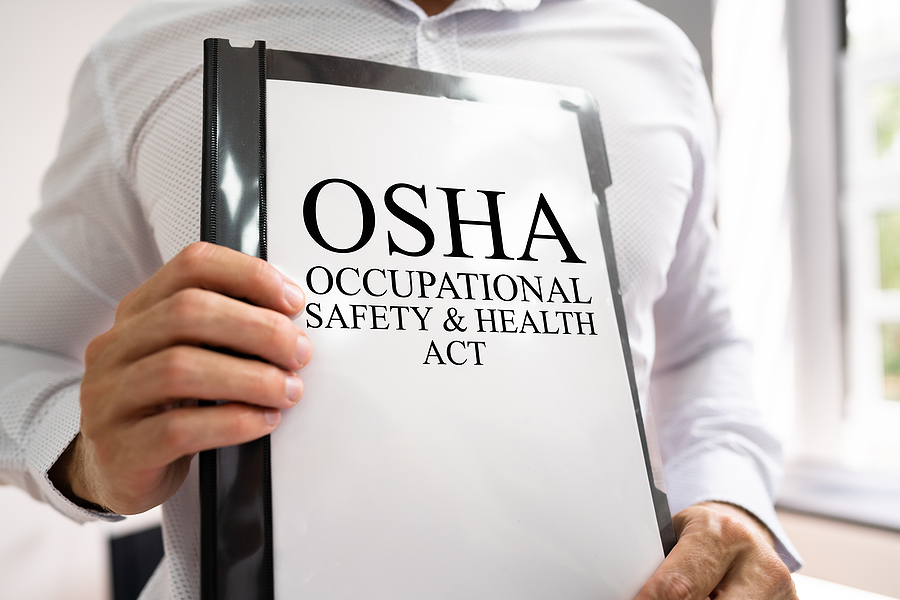

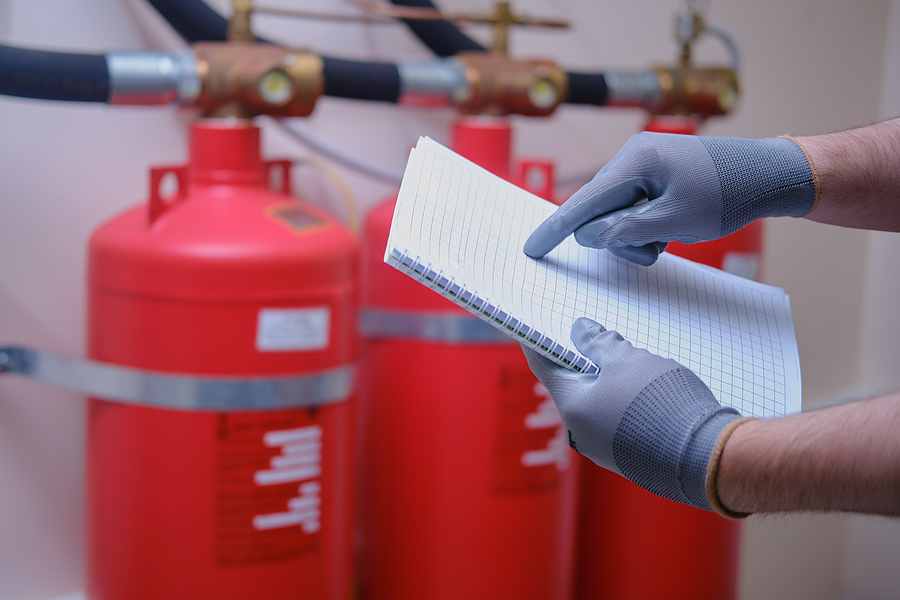
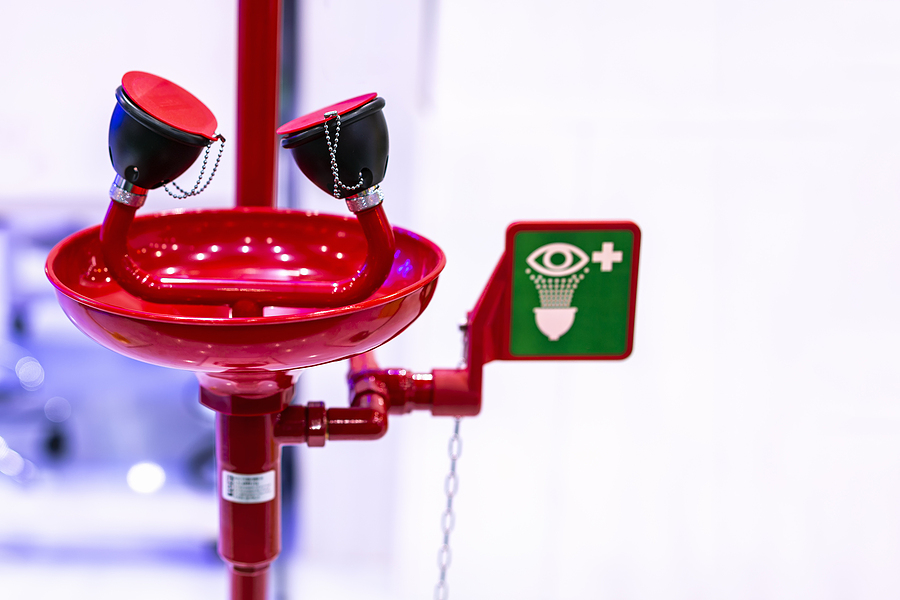
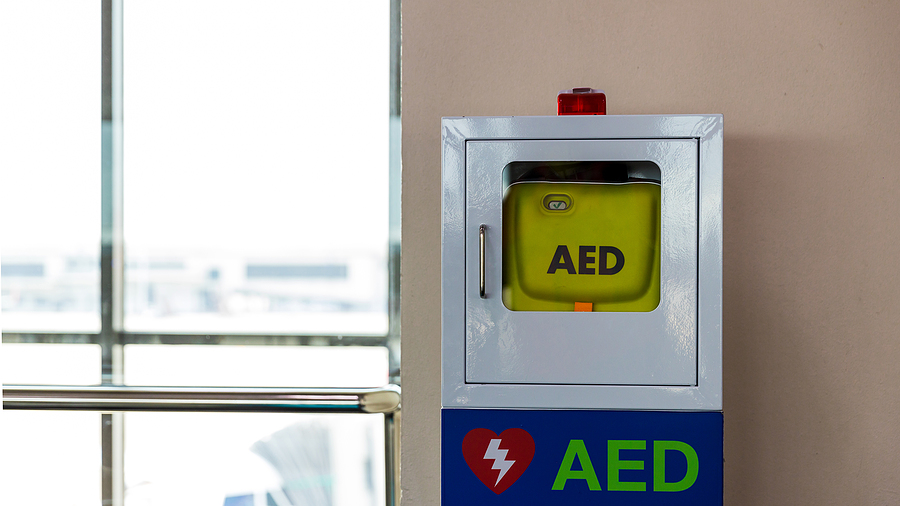
OSHA Written Programs: An organization’s written safety programs should be reviewed annually or whenever a change in the hazard(s) is identified. A written program should also be reviewed following an applicable injury or near miss. This review should be documented and detail who conducted the review, when it took place, and what if any updates were made to the written program. If changes are made, you should also document the employee training that was or will be undertaken to share the changes.
One way to keep track of the review process is to keep a page at the front of each program that documents the reviews and changes. You can also schedule the reviews in your electronic calendar.
Standard Operating Procedures (SOPs): In a similar fashion to the OSHA written program, SOPs should be reviewed on a regular basis and the process should be documented. SOPs should be reviewed as needed. Changes in equipment, regulatory requirements, or hazards should generate a review of an SOP. An SOP should also be reviewed following an applicable injury or near miss.
Fire Extinguishers: Fire extinguishers need to be inspected at least annually by a competent person that has knowledge about fire extinguisher function and maintenance. Staff should also conduct and document a monthly inspection of each unit to ensure it is “in the green” and if either over, or under-charged, be removed from service until it has been checked out and maintained as needed.
Eye Wash Stations/Drench Showers: The eye wash station and, if you have them, drench showers, should be checked for proper operation on a monthly basis. These inspections must be documented.
Automated External Defibrillators (AED): AEDs should be checked on at least a monthly basis to ensure the unit is functional and that the battery and pads have not expired. If the unit is not usable it should be removed from service and applicable staff notified it is not available. Once it is returned to service, staff should again be notified. As with the above items, these inspections should be documented.




